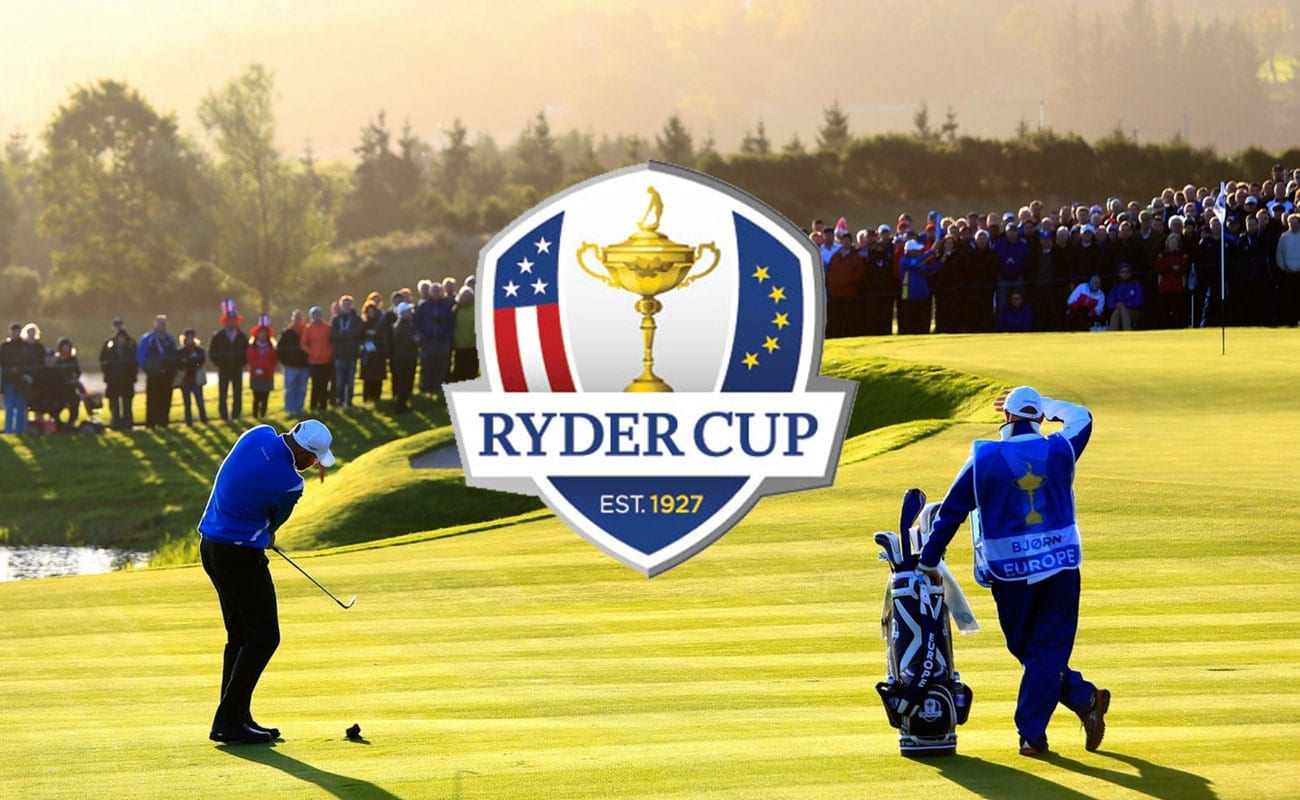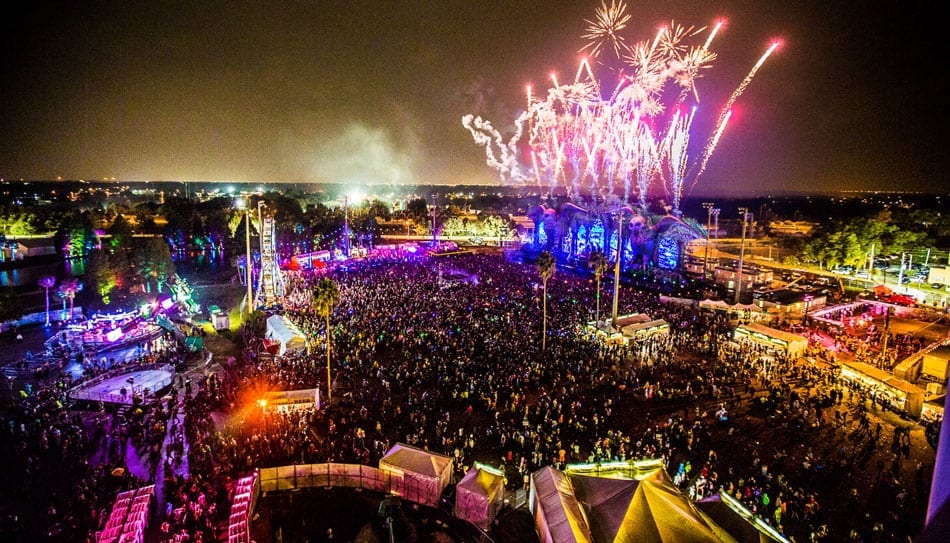“There’s a huge disconnect between what brands are doing on site and how they’re leveraging that data in other marketing efforts,” says Peter Machalek. Whether your objective is to increase event awareness or improve brand loyalty, there are a variety of ways to use event data and online insights to help you get a better handle on your event and sponsorship ROI.
The RFID Difference
Keep in mind that the most accurate event and sponsorship insights will come from RFID integration. With RFID, you’ll get a precise demographic breakdown and headcount of the people attending your event. The latter will allow you to calculate your cost per engagement. But, the potential of RFID goes even further by allowing brands to better understand buying behavior and brand affinity. Those kinds of details will help you dig deeper to determine things like the quality of brand engagement. “Data is a critical element for brands who want to learn more about consumers and their behaviors. But there’s a huge disconnect between what brands are doing on site and how they’re leveraging that data in other marketing efforts,” says Peter Machalek, Director of Brand Partnership at Intellitix. An on-site activation has the potential to provide your brand sponsor with lots of consumer data, but many brands don’t utilize the full benefits that data has to offer.
“There are some organizations that by the very nature of their business are unbelievable at capturing data and using it post event and there are others who don’t really understand their consumer and customer targeting,” says Mark Harrison, President and CEO of T1, an independent creative agency that specializes in brand strategy and sponsorship consultation.
Why should you care about your sponsor’s successes? Because quantifying the value of their on-site activation will increase the likelihood of that brand returning next year and will also offer you valuable insights for incoming sponsors. And whether you like it or not – your event won’t survive without solid sponsorships.
An on-site activation has the potential to provide your brand sponsor with lots of consumer data, but many brands don’t utilize the full benefits that data has to offer.
“There are some organizations that by the very nature of their business are unbelievable at capturing data and using it post event and there are others who don’t really understand their consumer and customer targeting,” says Mark Harrison, President and CEO of T1, an independent creative agency that specializes in brand strategy and sponsorship consultation.
Why should you care about your sponsor’s successes? Because quantifying the value of their on-site activation will increase the likelihood of that brand returning next year and will also offer you valuable insights for incoming sponsors. And whether you like it or not – your event won’t survive without solid sponsorships.
Measuring Success Starts Way Before Your Event Does
Before you start tracking success, you need to determine what’s important to your event and its sponsors using Key Performance Indicators (KPIs). KPIs are measurable values that will help your event understand if it’s reaching the business objectives you’ve set out. For example, brands that are looking to better understand brand sentiment or spend per head can use online tools and RFID technology, respectively. Once you know what you want to track, you’ll need to lay out the current results as a benchmark for future comparison. Of course, RFID-integration will significantly simplify this process, but if you haven’t taken the RFID route, we’re still here to help! Let’s look at how you can measure three KPIs – Brand Sentiment, Leads, and Sales – the old-fashioned way. Make sure you don’t miss the step-by-step guide at the bottom that will help you target Facebook ads to live event attendees post-event.BRAND SENTIMENT
Brand sentiment refers to the general attitudes about a brand or its products. Through affiliation with your live event, brands can improve sentiment and gain solid credibility with your target audience. One way to track sentiment is through social mentions. This could include mentions on everything from Twitter to Reddit to blogs – and you don’t have to track them alone. Mention, SocialMention, and Hootsuite are just some of the tools available that deliver a simple understanding of brand sentiment from across social media and the web. SocialMention will provide you with a sentiment ratio (positive to negative), a passion score (that shows the likelihood of individuals repeatedly talking about your brand), and your reach (the number of unique people talking about your brand). These tools aren’t just for brands – you can use them to track the sentiment of your live event audience too. In order to be proactive, you need to be reviewing this information pre-, during, and post-event.LEADS
Sponsorship is a prime opportunity for brands to develop a lead list, but how costly are these leads? The cost per lead can be calculated by dividing a brand’s sponsorship spend by the total leads acquired from your event. The sponsorship spend should include everything such as the cost of their on-site activation, staffing, advertising spend, etc. If your event is capturing leads on-site, you can calculate your success by determining the visitor to leads rate. Simply divide the number of leads collected by the number of live event attendees. Compare that figure to past live event data to better understand how engaged your audience is with your event activation.SALES
Depending on the type of partnership you’ve secured, sponsorship can help drive sales at a local, regional, and national level. Here are two ways for your sponsors to measure the impact of sponsorship on sales: 1. For overall sales, brands should calculate the sales for the three-month period around the sponsorship and compare it with the same time frame from last year. 2. For local sales, review sales data for the area surrounding the live event and compare it to national sales. Determining the ROI of your sponsorship is an important step in understanding the success of your event and the value that this particular partnership brought to your brand partner. Collecting on-site data is the easy part. It could be as simple as telling a consumer to fill out a survey in exchange for a free drink voucher. But how do you make use of that post-event? If you don’t have a team of marketers who are able to dissect your audience and build out a robust email campaign, there are still options available to you so that your data doesn’t go to waste.
Collecting on-site data is the easy part. It could be as simple as telling a consumer to fill out a survey in exchange for a free drink voucher. But how do you make use of that post-event? If you don’t have a team of marketers who are able to dissect your audience and build out a robust email campaign, there are still options available to you so that your data doesn’t go to waste.


